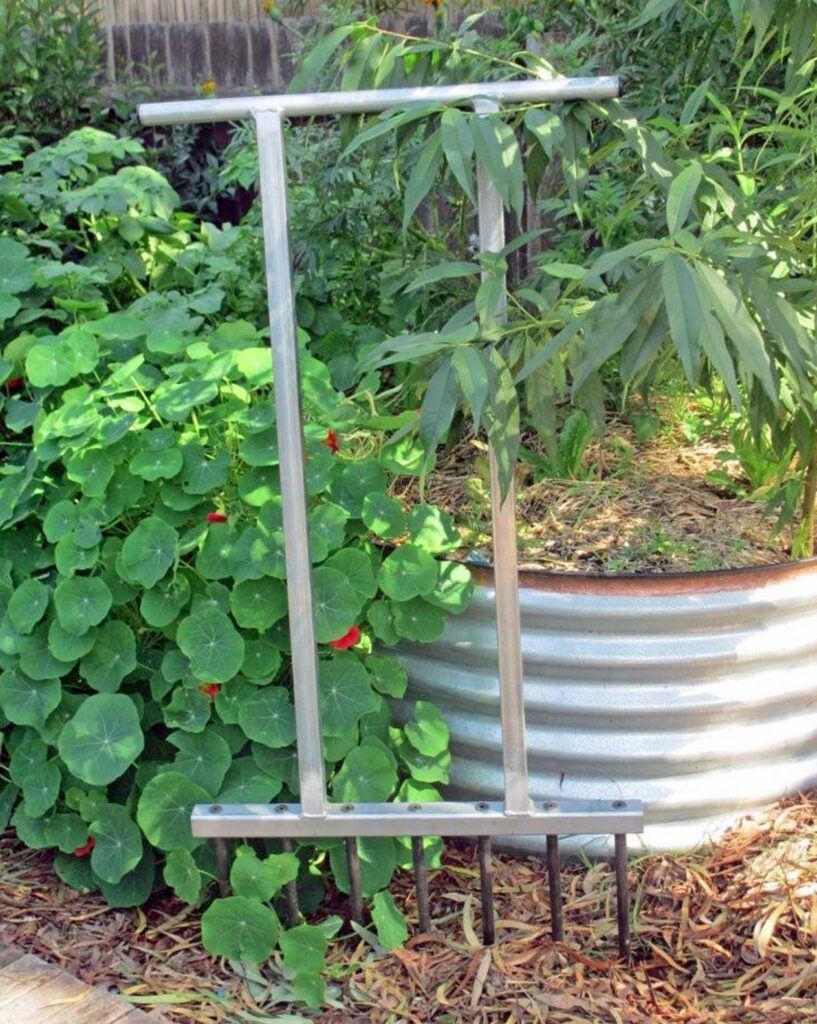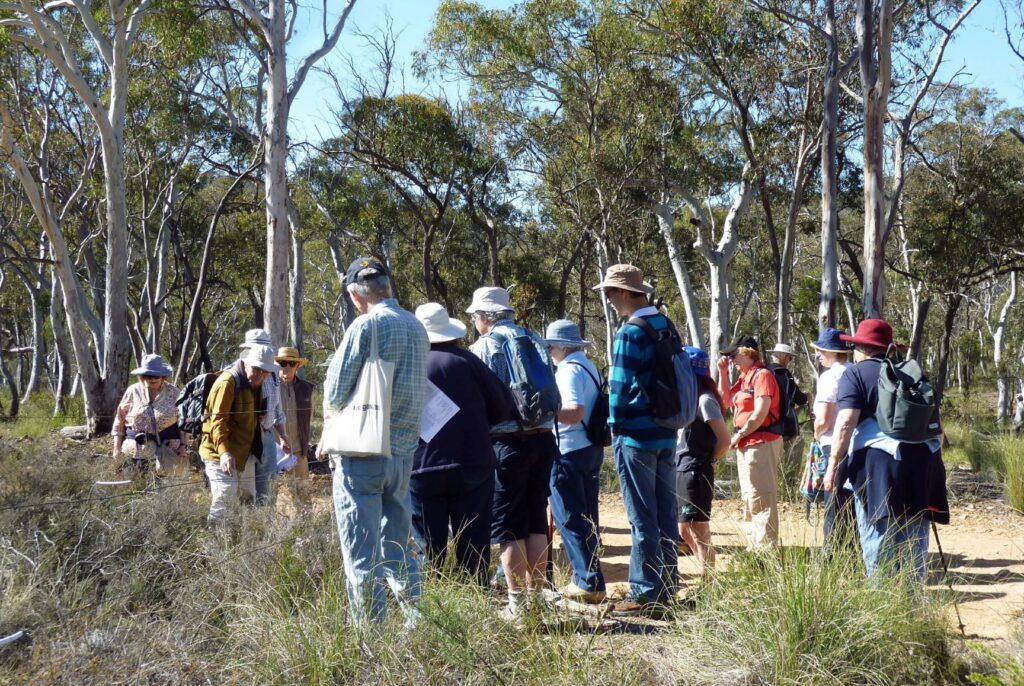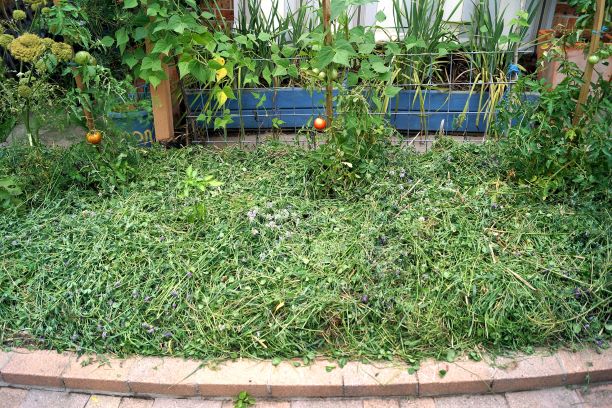Spring is a great opportunity to carry out general maintenance and odd jobs around the garden, including preparing vacant beds for planting. I like to aerate beds with a garden fork and top dress with compost and aged cow manure. I also apply organic mulch such as lucerne, pea straw or sugarcane to a depth of 5-10cm.
Fertilisers can be applied in spring once the weather warms up as they are more readily absorbed by plants that are actively growing. Avoid over-applying synthetic fertilisers as it encourages vulnerable growth (making plants more susceptible to pests, diseases and sunburn), leads to salinity build-up and is a waste of resources and money.
Many plants can be transplanted and divided during spring before it gets too hot. Reduce the overall size (including the root mass) as needed, to improve stability and minimise stress. Water the plants in with plant tonics such as seaweed extract or homemade worm and comfrey tea. Aerate, de-thatch and weed lawns to improve water and nutrient uptake.

Spring is the ideal time for pruning many shrubs, after flowering and when worst of the frosty weather has passed. Pruning cuts heal more efficiently at this time of year when sap is more active. Pruning should be carried out with clean, sharp ‘parrot style’ secateurs and loppers. Secateurs can be used to cut stems up to 15mm in diameter, and loppers up to 25mm. Larger wood should be cut with a pruning saw
For water-wise gardening, consider the following when deciding when to water your plants:
- The types of plants or gardens you have and their age: Perennial gardens and those planted with native or Mediterranean style plants are much more dry-tolerant, with little or no extra watering aside from rainfall required, particularly if soil is more clay-based and high in organic matter. For garden spaces with non-established plants, annual plantings including many vegetable crops and plants which aren’t traditionally drought-tolerant, reliable watering regimes are required to keep them thriving.
- The aspect and area your home is located in: You may live on top of an exposed, windswept hill in a newly-developed suburb facing west, or possibly in an established suburb and garden (with lots of large, cooling street trees), facing north and protected from hot, dry westerly winds.
- Time of year: Plants can better tolerate prolonged periods of dry in cooler weather as opposed to when it’s warmer and they are actively growing.
Black Mountain spring wildflower ramble

Celebrate spring on beautiful Black Mountain with the 47th spring wildflower ramble, led by enthusiastic local botanists, ecologists and conservationists. All springs are not the same: the pattern remains but timing and abundance vary with the weather. Discover the surprising diversity of tiny orchids, bush peas, wattles and billy buttons on easy bush tracks with experienced guides and good company. BYO morning tea and sun protection. Bookings are essential.
When: Saturday 13 October 9.30am-12pm
Where: Black Mountain (Belconnen Way entry just before Caswell Drive turnoff)
For more: Contact Linda on 0437 298 711 or email [email protected]
For more:



